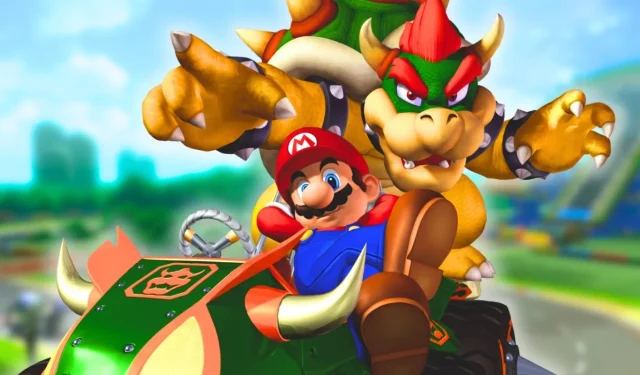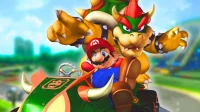The Mario Kart series has seen significant evolution since it first launched in 1992. While some titles may not resonate with fans, others, such as Mario Kart: Double Dash, have carved out a unique place within the franchise. Released in 2003 for the Nintendo GameCube, Double Dash is particularly celebrated for its distinctive tandem racing mechanics, which provided players with a fresh and engaging gameplay experience.
In a departure from previous titles, Double Dash allows players to select two characters to share control of a single kart. One character drives while the other manages items, fostering an innovative co-op gameplay that was previously unexplored in the series. However, a recent translation of a 2003 interview from Nintendo Dream Magazine reveals that this groundbreaking feature nearly didn’t make it into the game.
The Concept of a One-Driver Backup for Mario Kart: Double Dash
A Backup Plan Due to Uncertainty Over New Mechanics
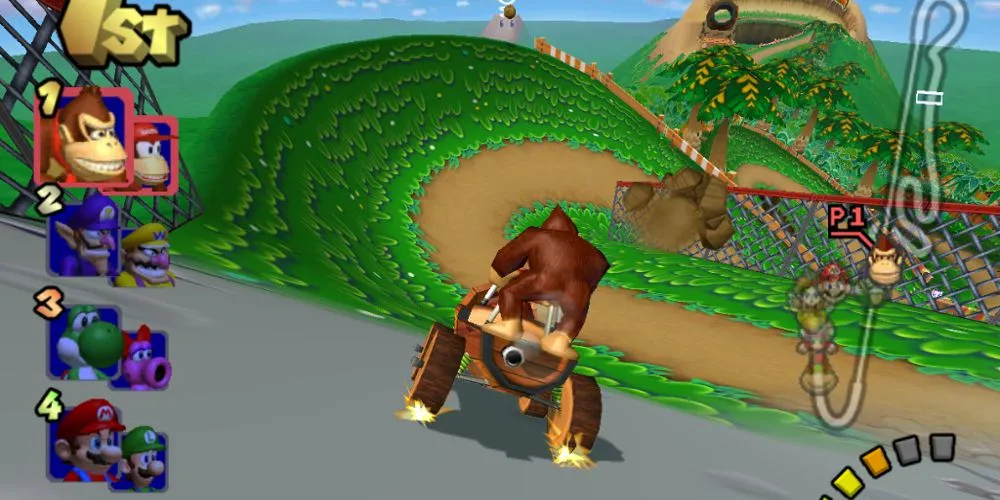
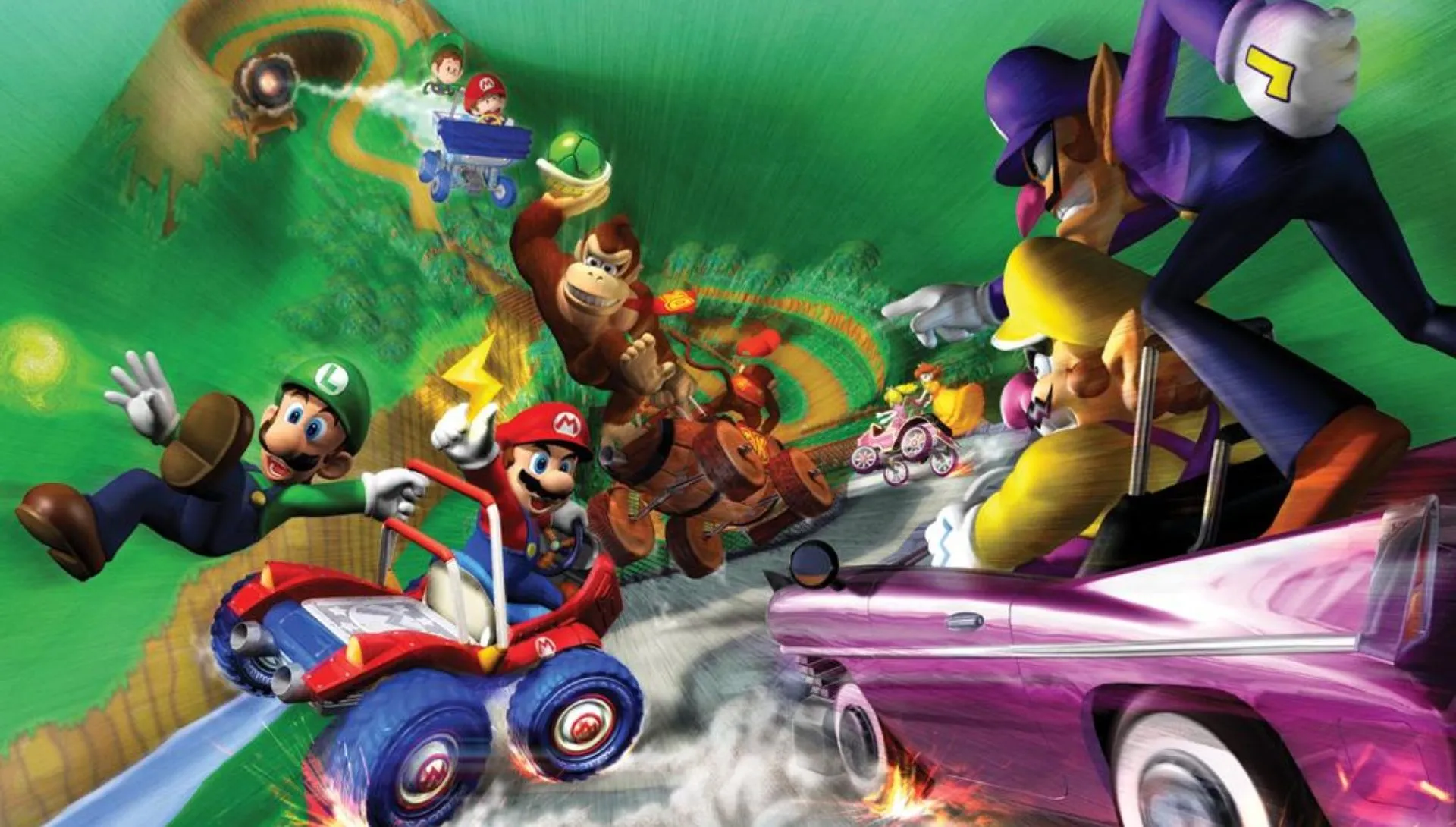
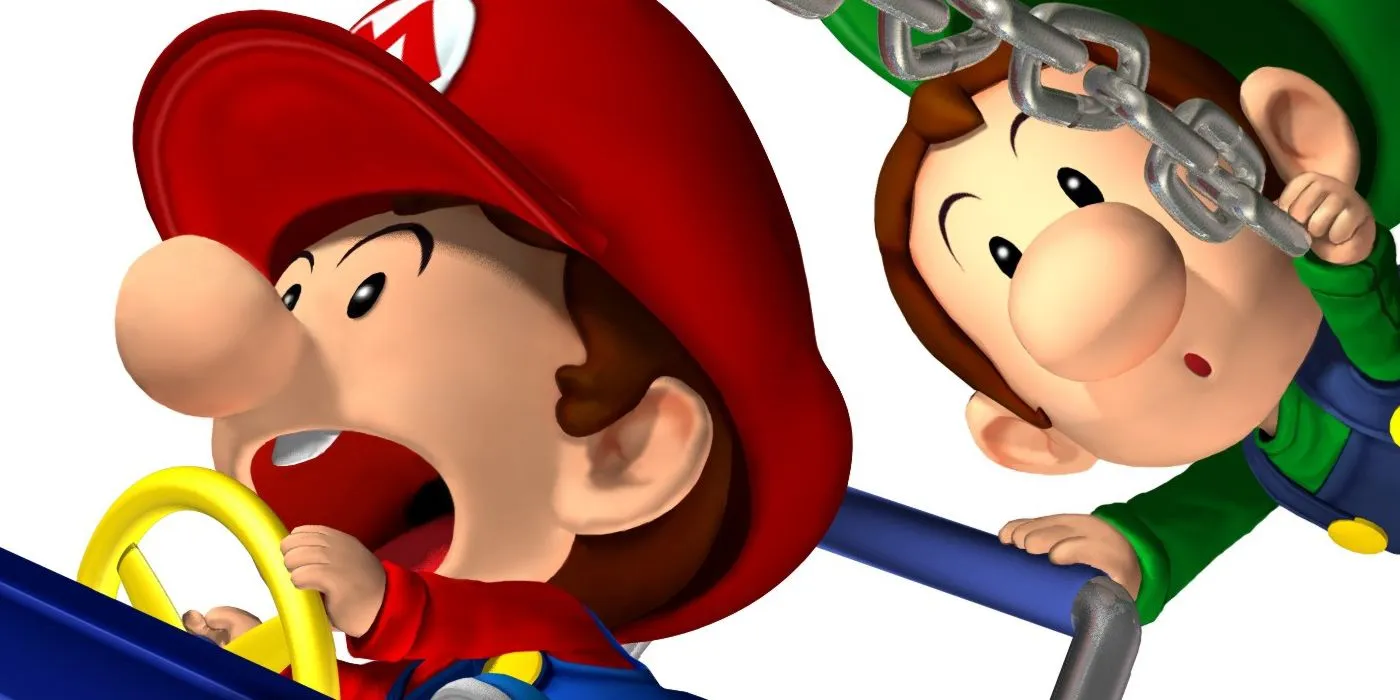
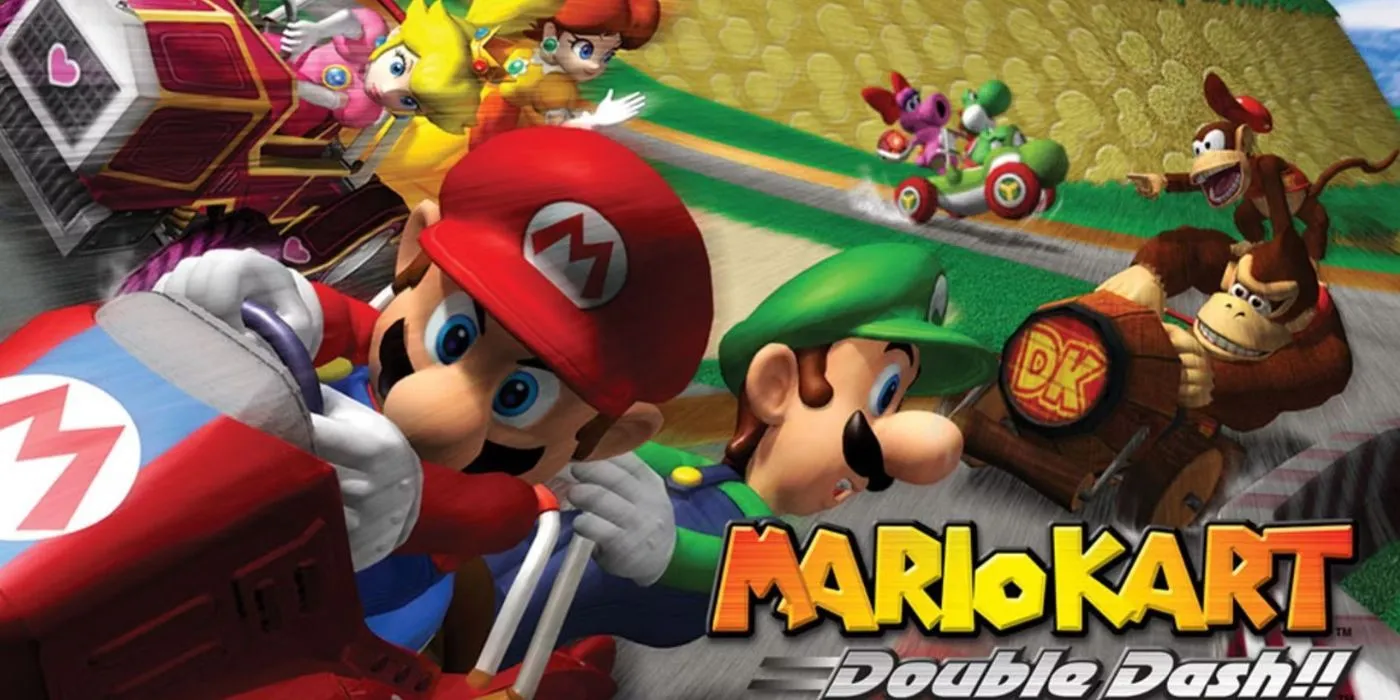
In the interview featured on schmuplations, Chief Director Kiyoshi Mizuki and producers Tadashi Sugiyama and Shinya Takahashi expressed their desire to innovate with the fourth installment of Mario Kart. They proposed the concept of dual characters to create a new gameplay experience. Given the franchise’s history of quirky elements, they were uncertain whether this tandem racing format would resonate with fans, leading to the creation of a single-rider alternative that was developed simultaneously.
Fortunately, the team decided to fully commit to the two-rider gameplay. This decision proved to be brilliant, contributing to the lasting legacy of Double Dash more than two decades later.
What Set Double Dash Apart: Unique Gameplay Mechanics
How Tandem Racing Expanded Players’ Experiences
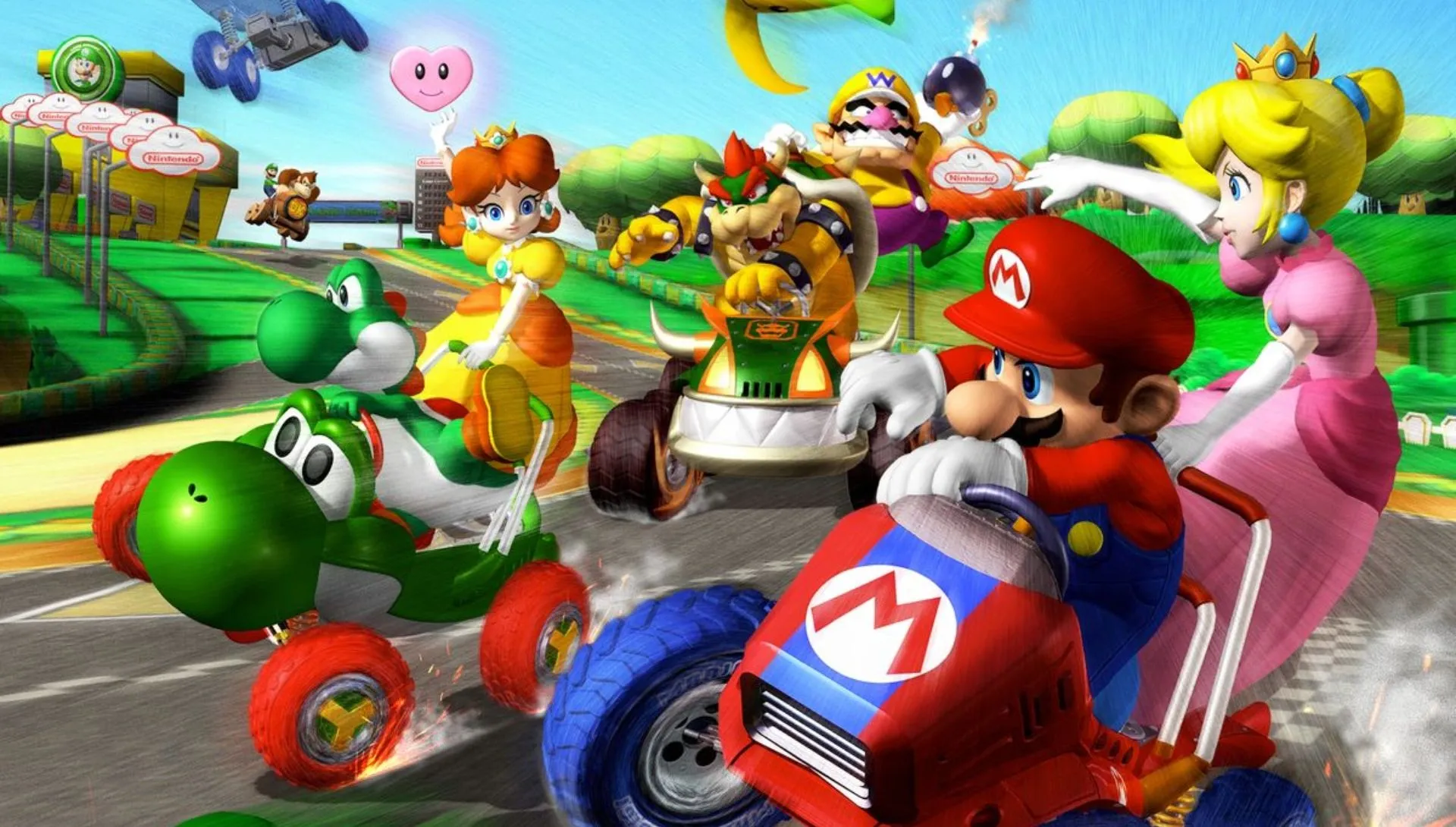
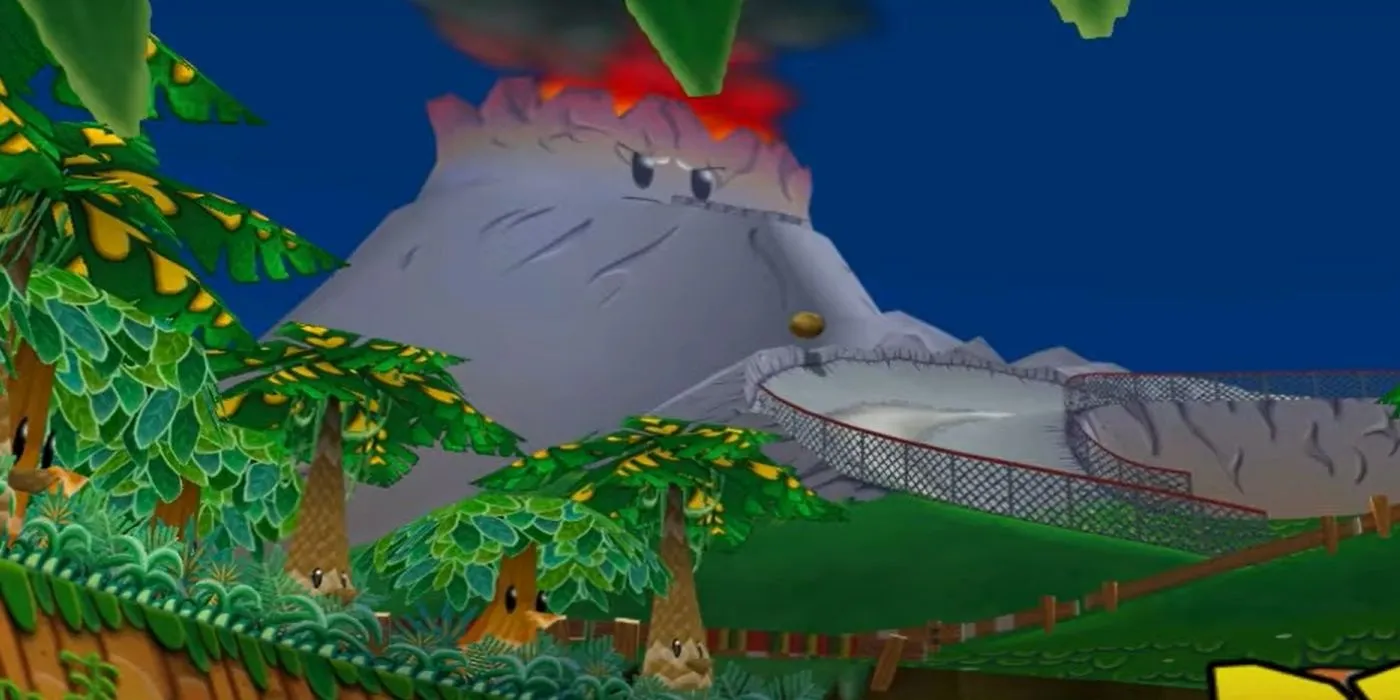
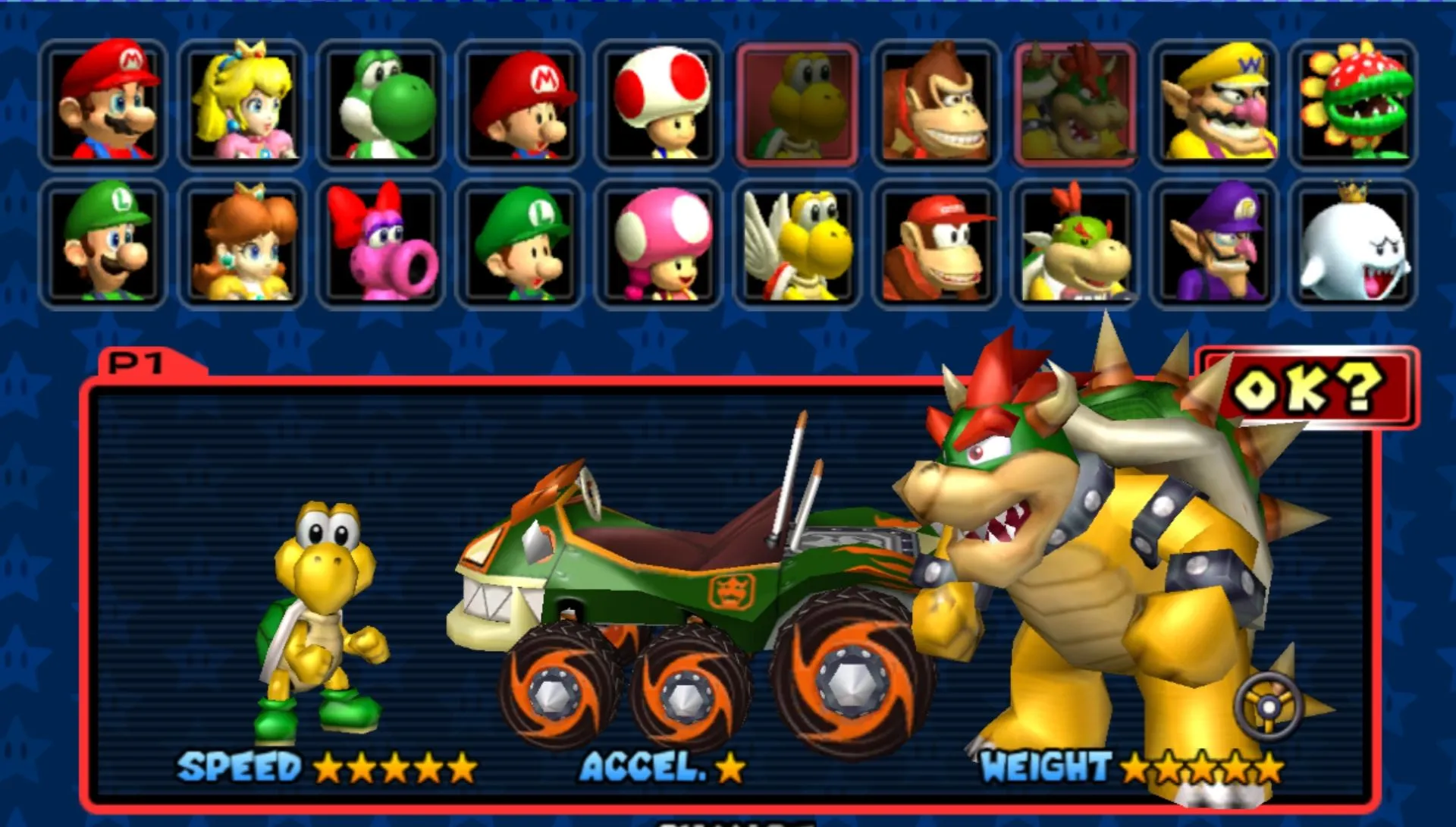
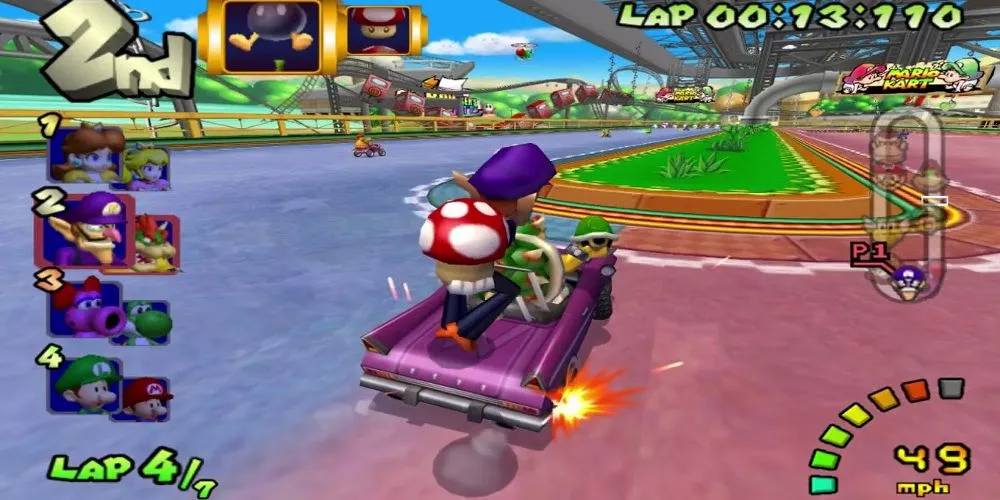
The defining feature of the tandem racing mechanic is the ability for two players to control a single kart. This innovative approach brought families into the fold, allowing parents to enjoy the game alongside their children. The simple mechanics of item usage meant younger players could participate without mastering driving skills. This accessibility added an engaging layer to the experience, inviting co-op play.
Moreover, this two-character mechanic was not just a minor tweak; it fundamentally altered the game’s dynamics. Initially, characters were intended to be fixed teams, but the development team opted to allow players to mix and match characters. Although kart stats shifted focus from characters to karts themselves, players soon discovered unique items linked to each character, enabling powerful combinations.
Team formation became a key strategic element in Double Dash, maximizing chaotic gameplay. Rather than selecting pre-defined pairs, players enjoyed the freedom to pick characters with distinct items that could be utilized in tandem. For example, opting for two characters from a team, like Mario and Luigi, grants access to different but complementary items for enhanced strategic potential.
This approach redefined the strategic playstyle within the series, making it appealing to both novice drivers and seasoned veterans. While later iterations of Mario Kart have introduced various other innovations, none have matched the game-altering impact that Double Dash introduced.
The Need for Unique Gimmicks in Mario Kart
Mario Kart: Beyond Conventional Racing
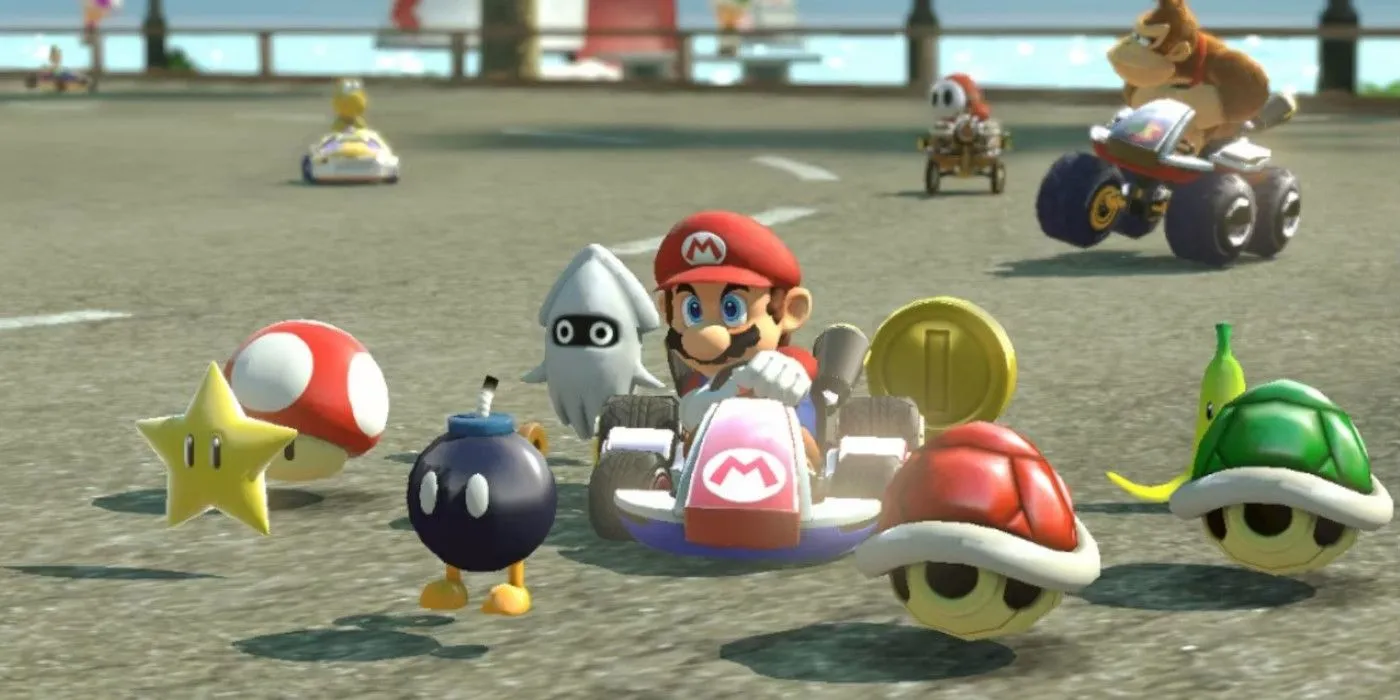
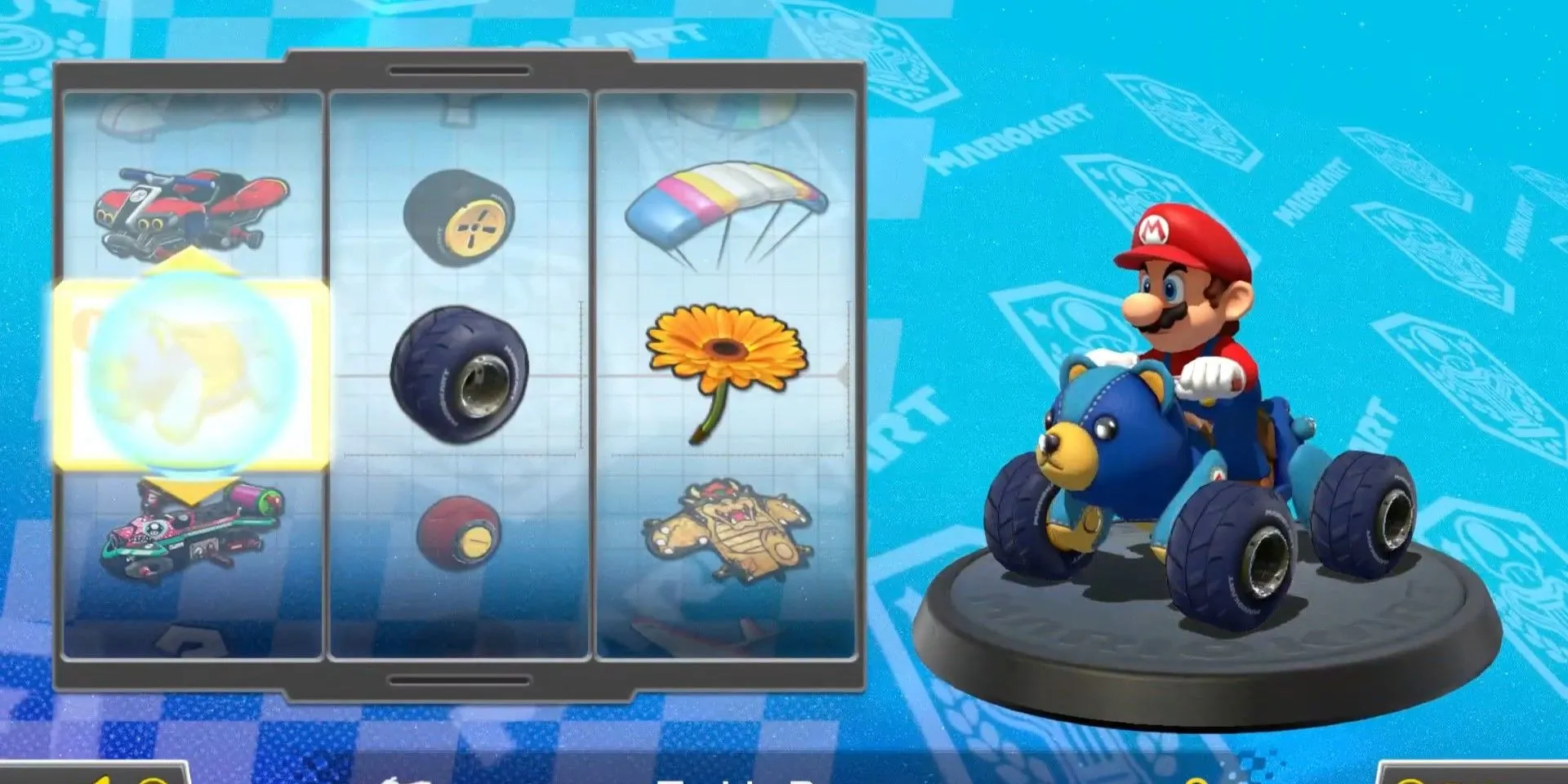
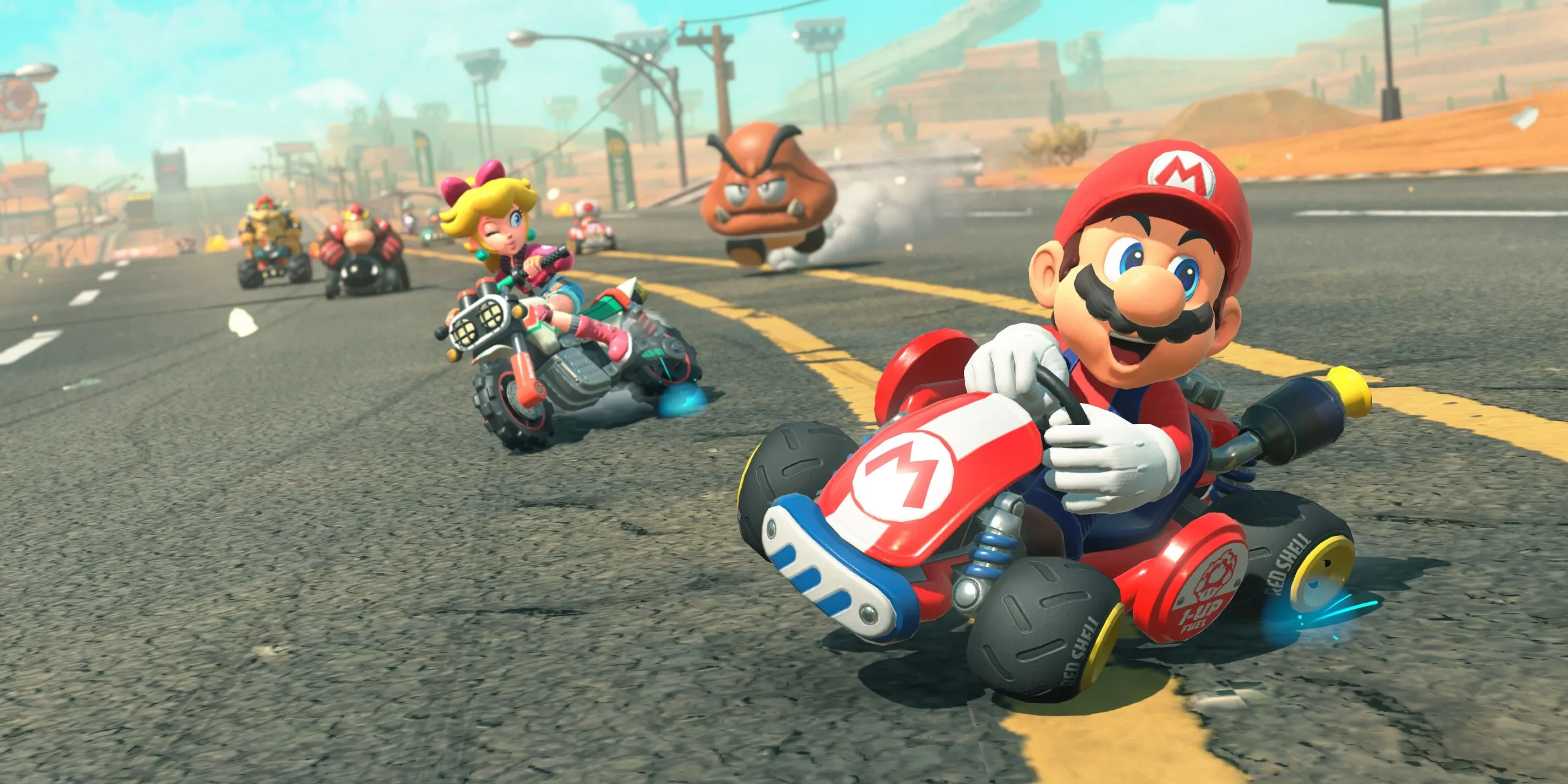
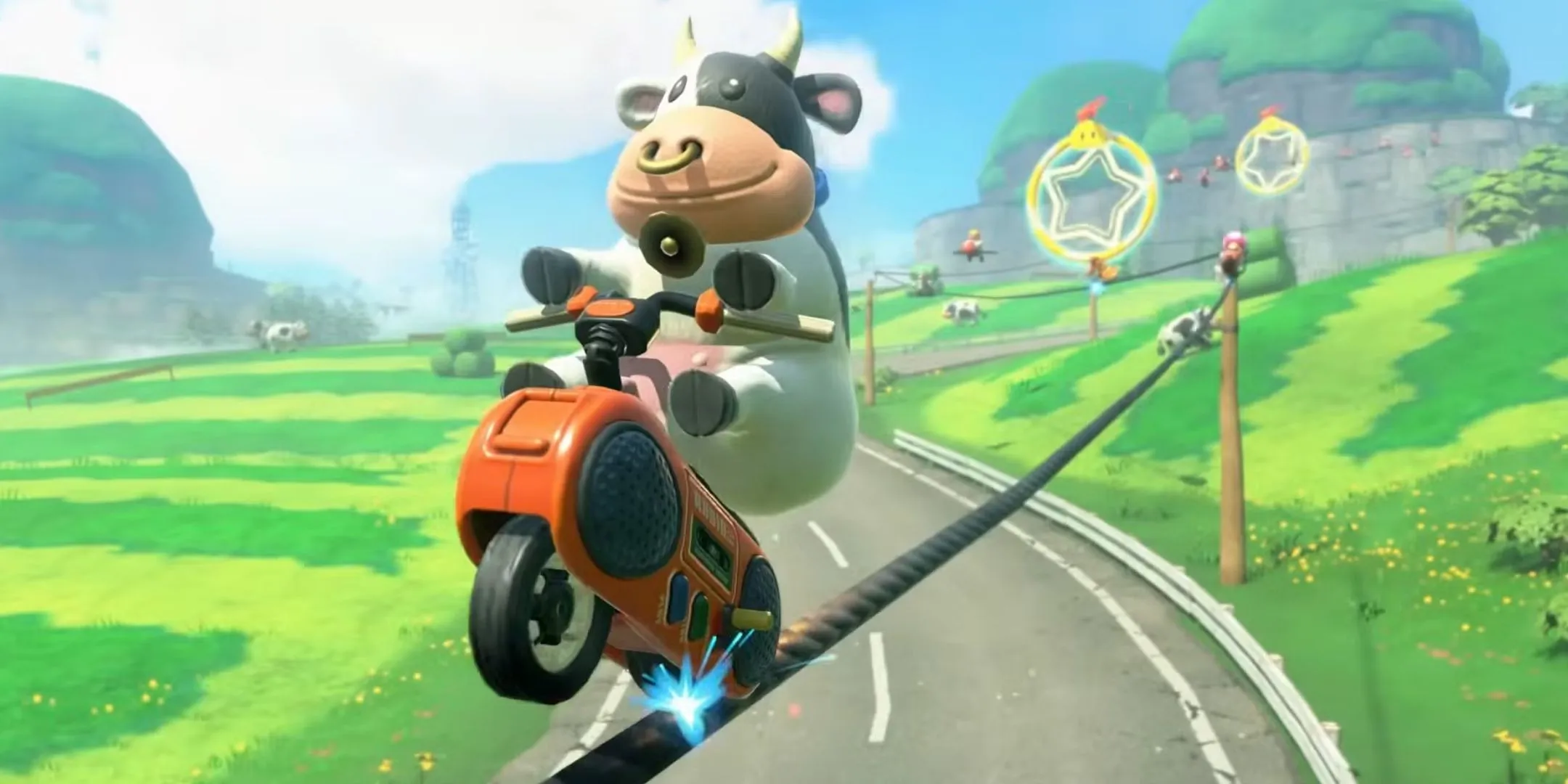
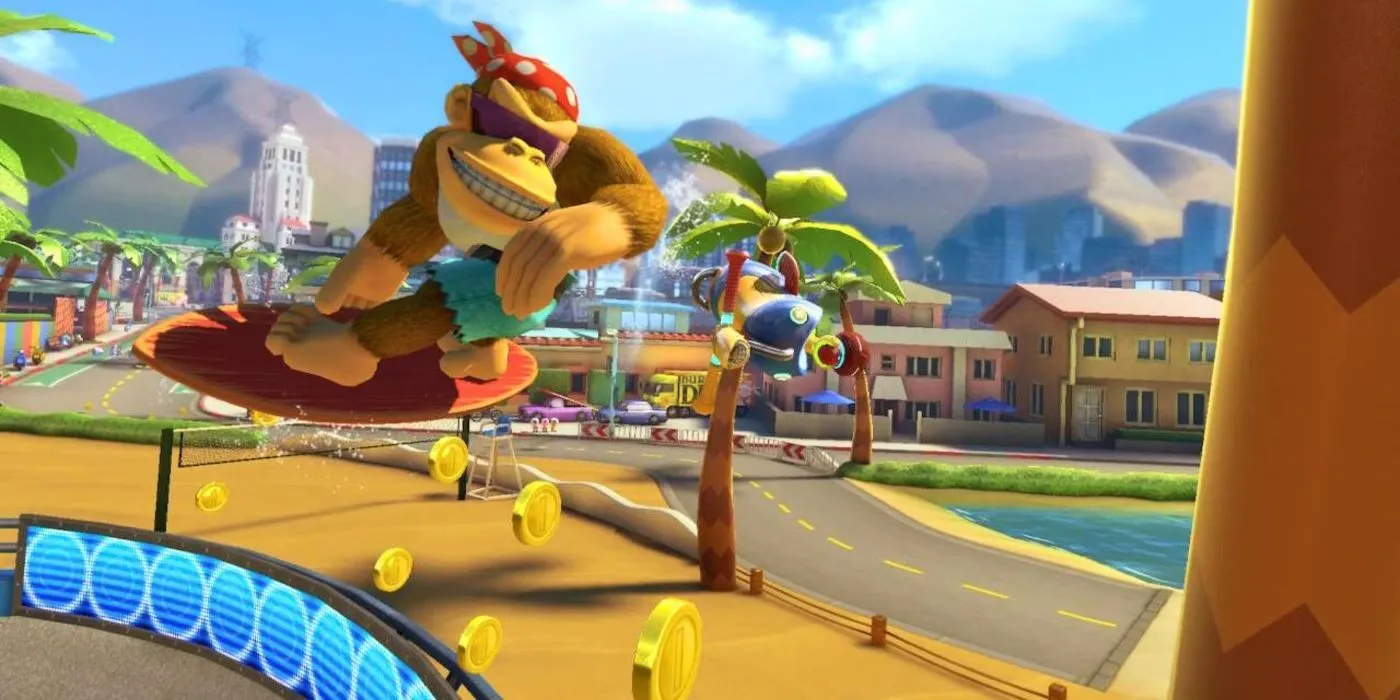
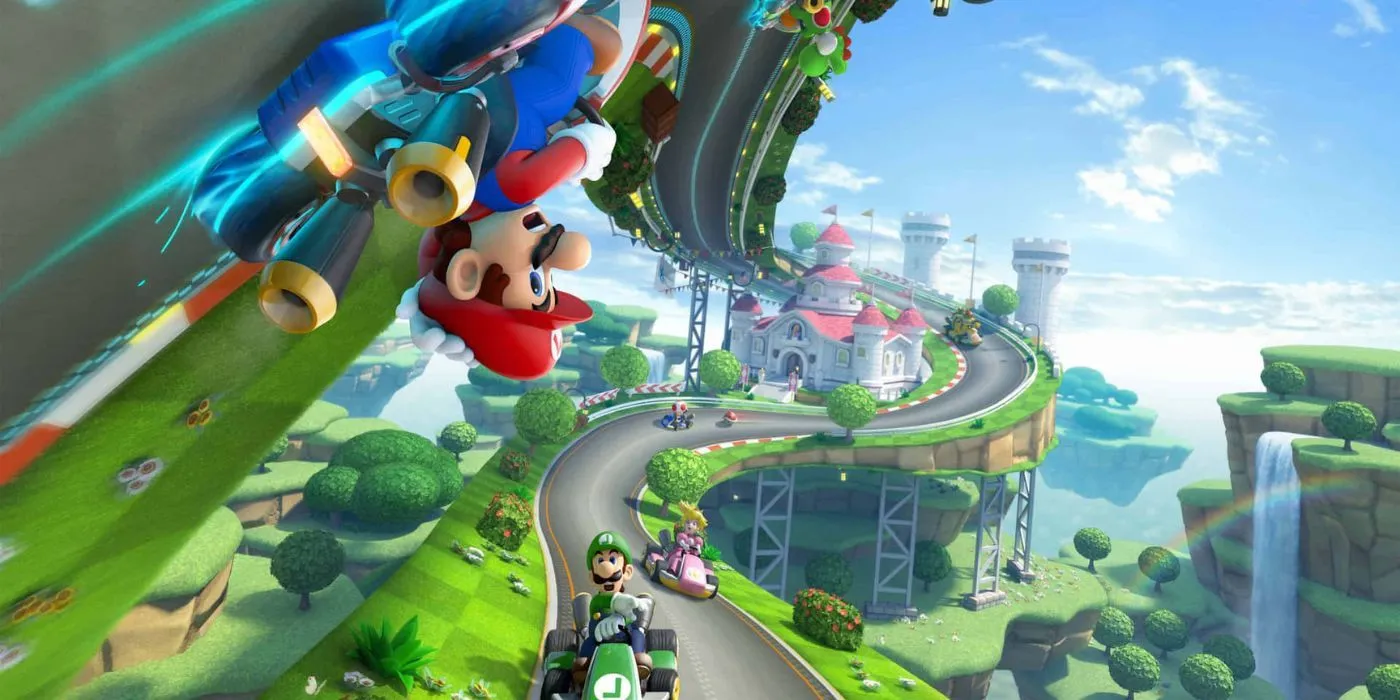
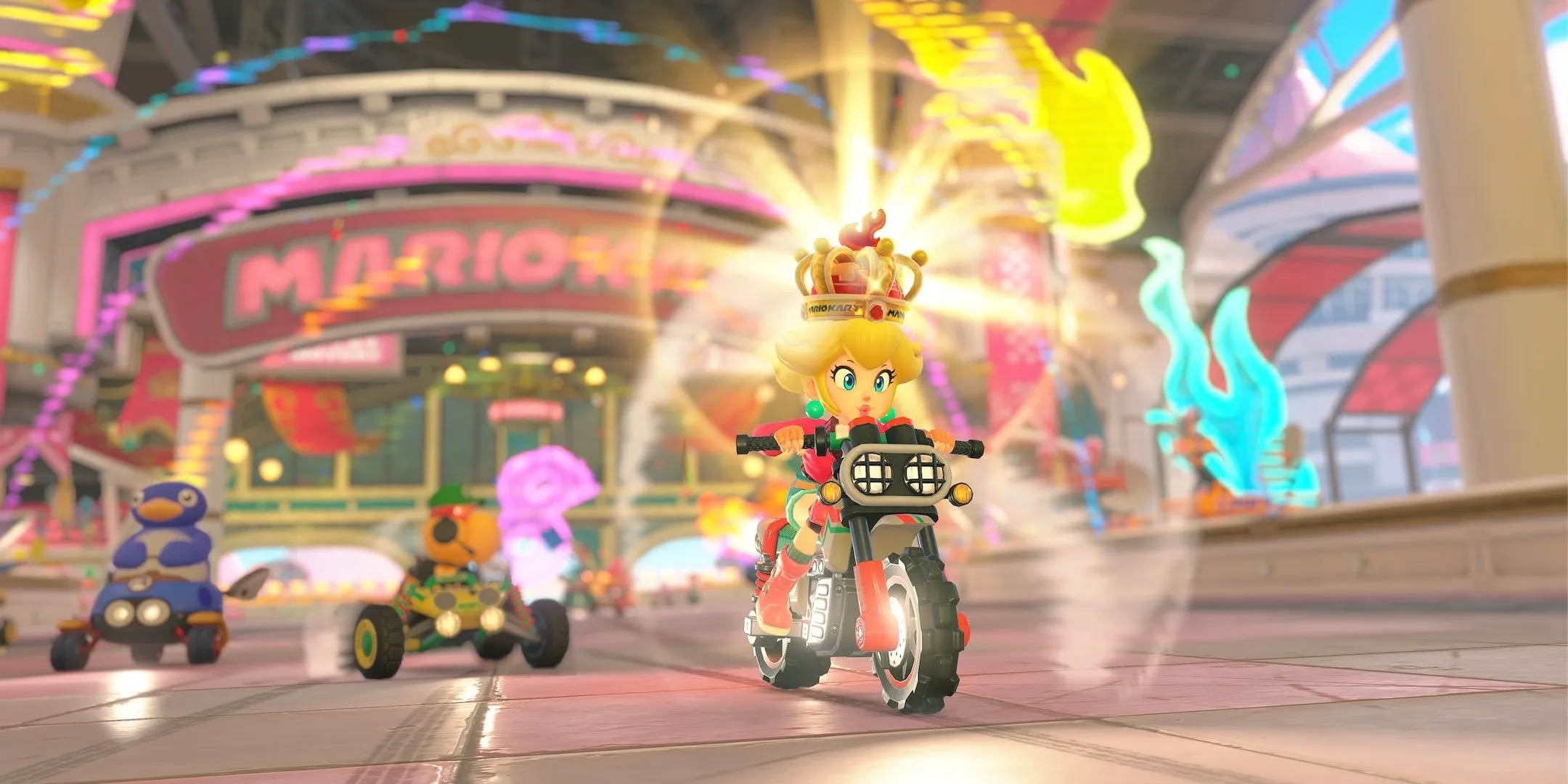
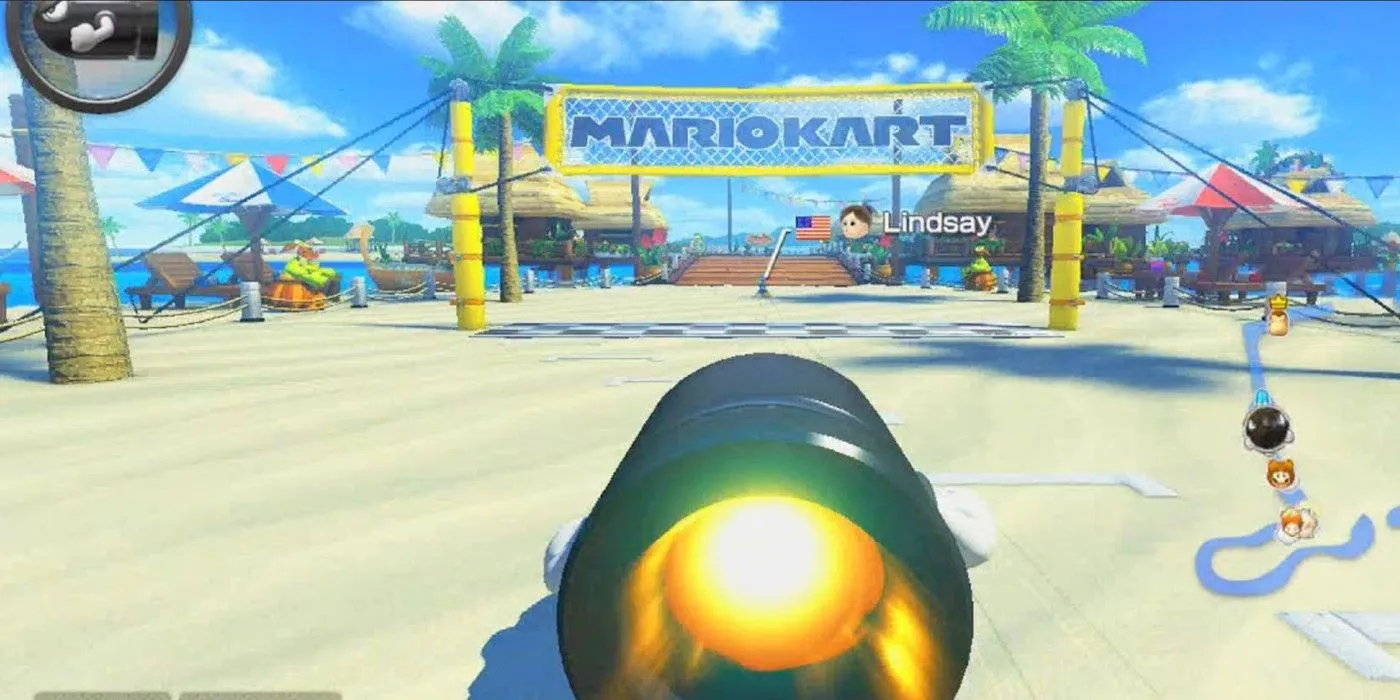
Critics may argue that the gimmicks in Mario Kart detract from the racing experience; however, it’s crucial to recognize that the series is fundamentally more than just a racing simulation. Unlike conventional racing games focused on speed and shortcuts, Mario Kart thrives on its eccentric features and chaotic nature.
For instance, shortcuts may not always be advantageous, as Dash Panels can hinder progress, and items can turn the tide unexpectedly. These unique dynamics contribute significantly to the appeal of the series and foster inventive strategies for gaining an edge in the competition. Ultimately, skill with items can outweigh pure speed, allowing players in last place to leapfrog ahead of the pack with the right strategy.
The enduring chaos defines Mario Kart. Both players and Nintendo understand this, likely leading to continuous innovations in the franchise. Recent trailers for the upcoming Mario Kart World for the Nintendo Switch 2 suggest that thrilling new elements will shape the future of racing games. Perhaps we may one day see the welcome return of the beloved tandem racing mechanics from Double Dash, embellished with exciting new enhancements.
Sources: Shmuplations
